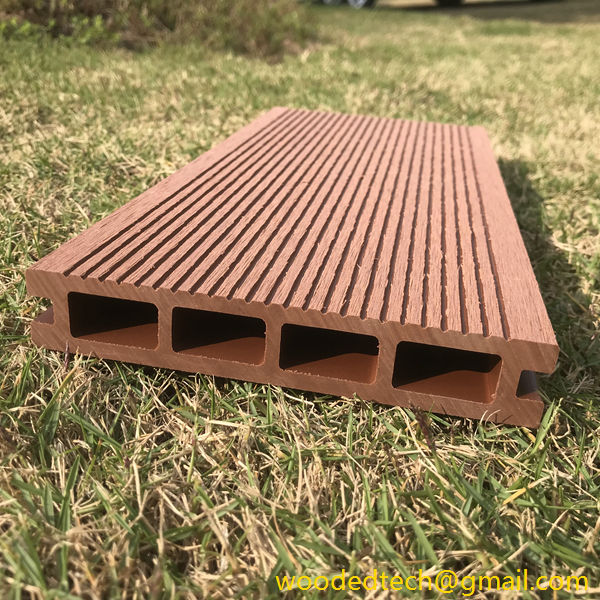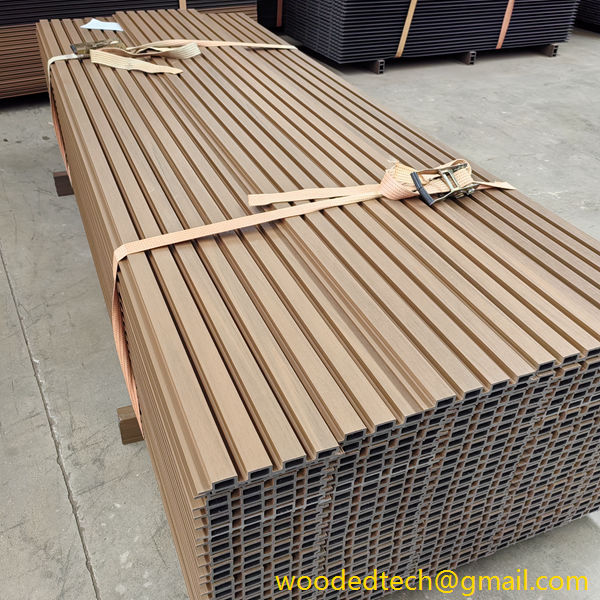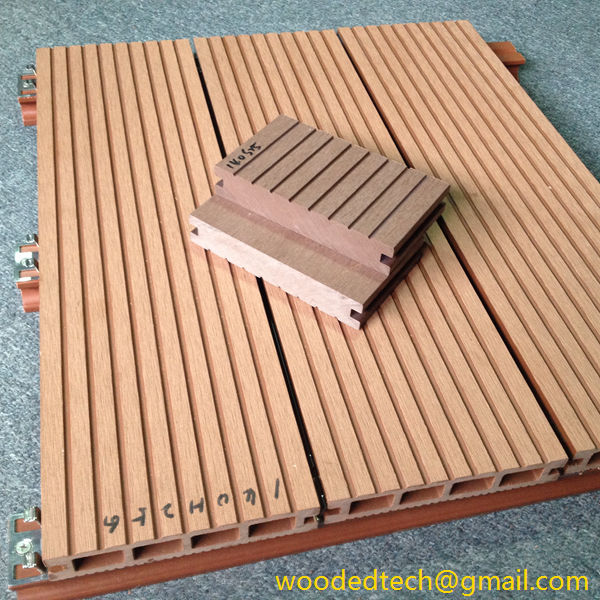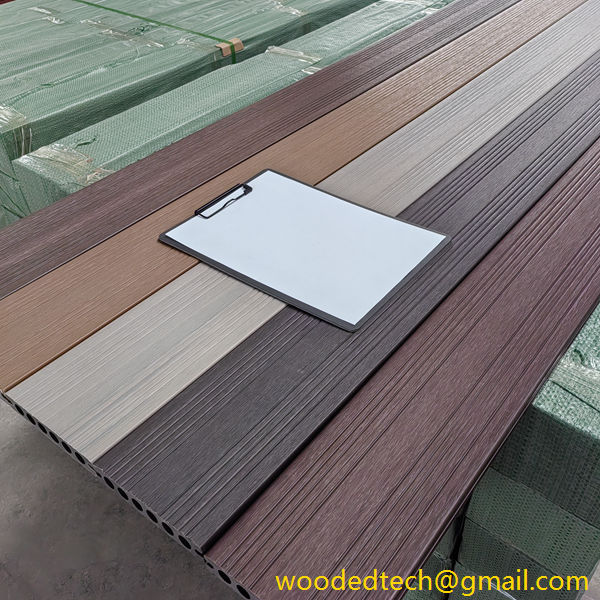Explore the Benefits of Wood Plastic Composite Lumber for Construction
Wood Plastic Composite Lumber, commonly referred to as WPC lumber, has garnered significant attention in the construction industry due to its unique blend of wood fibers and plastic materials. This innovative product offers an array of advantages that make it an attractive option for builders, architects, and homeowners alike. From installation to maintenance, the benefits of WPC lumber are multifaceted and can greatly enhance the overall efficiency and longevity of construction projects.
One of the primary benefits of WPC lumber is its ease of installation. Unlike traditional wood, which may require extensive preparation, WPC lumber is designed to be user-friendly. It is typically available in a variety of sizes and shapes, allowing for versatility in design and application. Additionally, WPC lumber is often engineered to be lightweight, which simplifies transportation and handling on job sites. This can lead to reduced labor costs and a faster completion time for construction projects.
WPC lumber also features a straightforward installation process. Most products come with pre-drilled holes, which eliminate the need for complex cutting or measuring during installation. This is especially beneficial for larger projects that require multiple pieces to be fitted together seamlessly. Contractors can save valuable time and resources by utilizing WPC lumber, making it an efficient choice for both residential and commercial construction.
Another significant advantage of WPC lumber is its durability. Unlike traditional wood, which is susceptible to rot, splintering, and insect damage, WPC lumber is engineered to withstand the elements. It is resistant to moisture, which minimizes the risk of warping and decay over time. This characteristic makes WPC lumber an excellent choice for outdoor applications, such as decking, fencing, and landscaping. Builders can have peace of mind knowing that the materials they use will maintain their integrity and aesthetic appeal over the years.
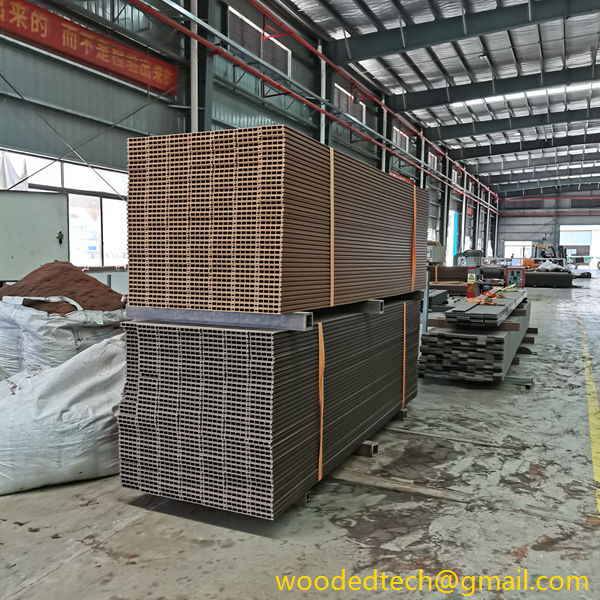
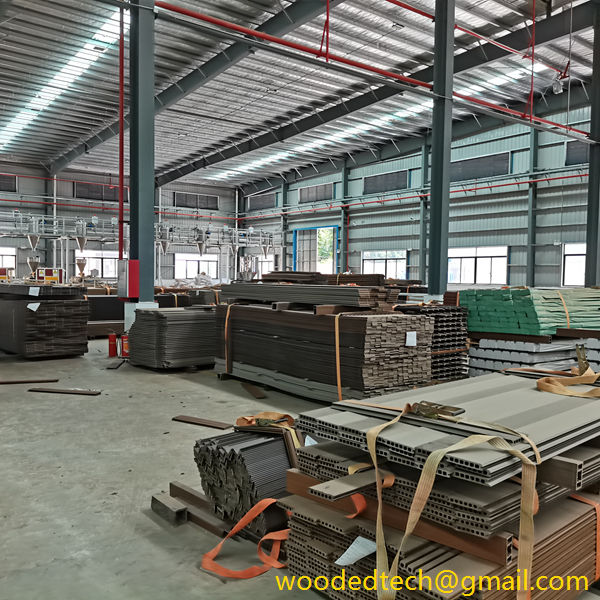
In addition to durability, WPC lumber requires minimal maintenance compared to traditional wood products. While wood often necessitates regular staining, sealing, and repainting to maintain its appearance and structural integrity, WPC lumber can be cleaned easily with soap and water. This low-maintenance requirement is particularly appealing for homeowners and property managers who wish to reduce ongoing upkeep costs. The time savings associated with maintenance also free up resources for other important tasks, further enhancing the efficiency of construction projects.
WPC lumber’s resistance to fading and discoloration is another benefit that contributes to its popularity. Many WPC products are designed to retain their color and finish over time, even when exposed to harsh sunlight and various weather conditions. This not only helps maintain the aesthetic appeal of a project but also reduces the need for frequent replacements or repairs, which can be costly and time-consuming.
Environmental considerations are increasingly important in construction, and WPC lumber offers a sustainable alternative to traditional materials. The composite nature of WPC lumber means that it is often made from recycled materials, including wood scraps and plastic waste. By using WPC lumber, builders can contribute to reducing landfill waste and promoting a more sustainable building practice. Additionally, the production of WPC lumber generally requires less energy compared to the harvesting and processing of natural wood, further lowering its environmental impact.

The versatility of WPC lumber extends beyond its applications in outdoor construction. It can also be used for interior projects, such as cabinetry, furniture, and wall paneling. This adaptability allows architects and designers to incorporate WPC lumber into a wider range of projects, providing a cohesive look throughout a space. The aesthetic options available with WPC lumber, including finishes that mimic the appearance of traditional wood, ensure that builders can achieve the desired style without compromising on durability or maintenance.
In conclusion, the benefits of Wood Plastic Composite Lumber for construction are numerous and compelling. From its ease of installation and low maintenance requirements to its durability and environmental sustainability, WPC lumber presents a viable alternative to traditional wood products. As the construction industry continues to evolve, embracing innovative materials like WPC lumber can lead to enhanced efficiency, reduced costs, and a more sustainable future. Whether for residential or commercial projects, WPC lumber stands out as a reliable choice that meets the diverse needs of builders and property owners alike.

